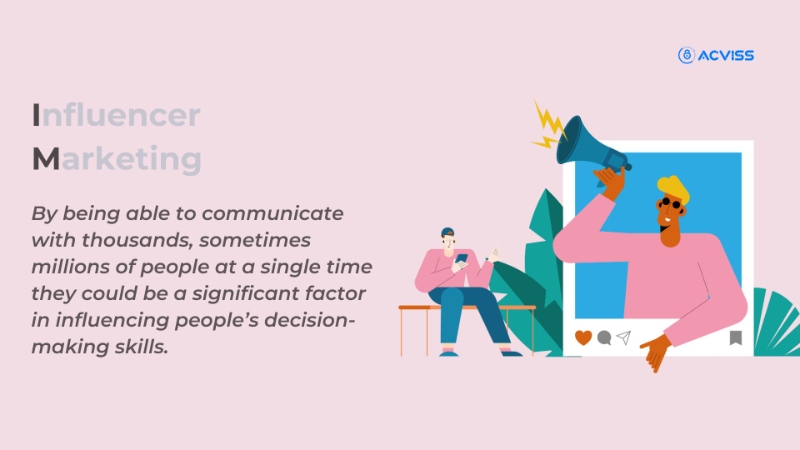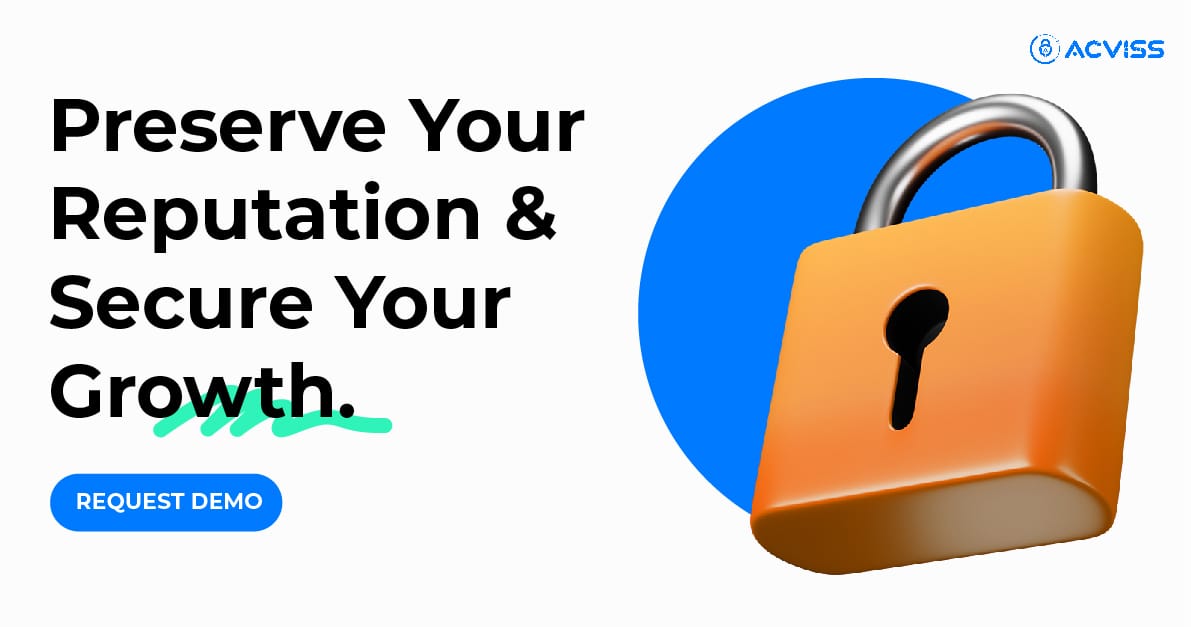The Rise of Fake Social Media Influencers and Its Impact on Brands

Social media has revolutionized the way people communicate and connect with each other. It has also given rise to a new phenomenon – social media influencers. These influencers are individuals who have built a significant following on social media platforms like Instagram, YouTube, TikTok, Facebook and Twitter. They use their influence to promote products, services and brands to their followers. The influencer market currently valued at $13.8 Billion is expected to rise to $22.2 billion in 2025. However, the rise of fake social media influencers has become a growing concern for brands.
What are Social Media Influencers?
Social media influencers are individuals who have got a large number of followers, likes and engagement on their social media accounts. They use these numbers to create the illusion of popularity and influence. By being able to communicate with thousands, sometimes millions of people at a single time they could be a significant factor in influencing people’s decision-making skills. This new form of marketing has been termed Influencer Marketing.
Contents
The Impact of Fake Social Media Influencers on Brands
Social media has overtaken paid search ads and is now valued at 137 billion dollars. That means brands, small and multinational, all target the audience on social media for their advertising. And who has a lasting impact on these users? The influencers. They can have a significant impact on brands. When brands partner with influencers, they do so with the expectation that the influencer will help them reach their target audience and drive sales. With millions of followers, social media influencer marketing can be more feasible than traditional marketing techniques.
But the danger lies in the products these influencers promote. It is not surprising to learn that most influencers who promote the products won’t be using them in real life. They are in it for the money and at the end of the day, it's the audience who uses it. And this has become the playground for counterfeiters and scammers to relish.
Recently, Fintech influencers were found to scam job seekers by impersonating top brands offering job opportunities or services and taking money from them. Another instance, despite strict regulations TikTok marketplace has been openly selling fake beauty products to its customers. Most of them explicitly sold as first copies, dupes and replicas. This has brought a shockwave across industries. And Yes, this is not just TikTok, every social media is prone to it.
Facebook has 2.9 billion active users around the world,making it the most popular social media followed by Instagram and YouTube. And every major social media platform has its own dedicated marketplaces where customers can buy products without switching apps. This has contributed further to the proliferation of scams and counterfeit traders.
Counterfeiters can take advantage of an influencer who is not doing proper research on the product, even though they should. With a familiar face endorsing the product people tend to believe and trust the product put forth. This could end up causing trouble for both the customer and the influencer as they will be facing lawsuits if found guilty of promoting the product.
In the future other brands won’t associate with these influencers as people have lost their trust in them. Partnering with fake influencers can damage a brand's reputation. When a brand partners with an influencer, they are essentially endorsing that person's content and values.
The Cost of Fake Social Media Influencers
Another side of social media marketing is the fake influencers. They use a variety of tactics to create the illusion of popularity. Some buy fake followers and engagement, while others use bots or fake accounts to inflate their numbers. Research conducted by IMAI shows that one in four influencers has bought over 15% of their followers. They also use other deceptive practices, such as buying likes and comments or engaging in follow-for-follow schemes.
Fake social media influencers can be costly for brands in more ways than one.
First, brands may pay more to partner with fake influencers because of their inflated numbers. Second, campaigns involving fake influencers are often less effective, resulting in a lower return on investment for brands.
According to a study by influencer marketing platform, HypeAuditor, fake influencers can cost brands up to $1.3 billion per year. The study found that nearly 15% of all Instagram accounts with over 5,000 followers were fake. In addition, the study found that fake influencers cost brands an average of $935 million per year in wasted marketing budgets.

How to Spot Fake Influencers
Spotting fake social media influencers and influencers promoting fake products can be difficult, but there are a few red flags to look out for.
- Look at the engagement rate for the influencer's posts. If an influencer has a large following but a low engagement rate, it may be a sign that their followers are fake or disengaged.
- Check the quality of the engagement. If an influencer has a lot of comments that are generic or irrelevant to the post, it may be a sign that they are using bots or fake accounts to inflate their engagement.
- Cross-check the product endorsed by the influencer. Just because someone popular is promoting something doesn't mean you can trust it blindly. Always do your research before buying such products. It may be tempting, but give second thoughts before following them wholeheartedly.
- Learn the influencer's follower growth rate. If an influencer suddenly gains a large number of followers quickly, it may be a sign that they are using a bot or buying followers.
- Finally, look at the influencer's overall reputation. If an influencer has a history of engaging in shady practices, it may be a sign that they are not a trustworthy partner for brands.
Brands Should Protect Themselves
To protect themselves from fake social media influencers, brands need to take a few key steps.
1. Filter the Choice
Brands should do their due diligence when selecting influencers to partner with. This means carefully vetting potential partners and looking for red flags such as a low engagement rate or sudden spikes in follower numbers.
2. Prioritise effectiveness
Second, brands should prioritise working with influencers who have a track record of delivering results. This means looking beyond follower numbers and focusing on metrics such as engagement rates, click-through rates, and conversion rates.
3. Keep a Close Eye
Third, brands should be wary of influencers who are willing to work for very low rates or who promise unrealistic results. These may indicate that the influencer is using shady tactics to inflate their numbers.
Finally, brands should consider partnering with third-party organisations to find out if anyone is using their trademark or product without authorisation. Acviss's Truviss scans the internet and the domain to find fake and fraudulent product listings. The AI and Machine learning algorithms will identify and eliminate any fake offers, posts and tweets that are infringing the brand's Intellectual Property Rights.
A Rising threat or an opportunity?
With the rise of influencer marketing, more and more individuals are turning to social media platforms to promote products to their followers. While many influencers do so ethically and honestly, some engage in fraudulent behaviour by promoting fake products.
To combat this threat, social media platforms have taken steps to regulate influencer marketing. Many platforms, such as Instagram and Facebook require influencers to disclose sponsored content and enforce policies against fraudulent behaviour. Even governmental authorities have implemented regulations to prevent influencer fraud. SEBI has decided to regulate financial influencers in social media about endorsing or recommending SEBI-related products(Mutual funds, Stocks). This will allow the Finfluencers who are not registered with SEBI to recommend followers to invest in stocks but what stocks in specific. This prevents misleading or scamming opportunities.
Brands can take measures to protect themselves by thoroughly vetting potential influencers and regularly monitoring their social media activity.
Overall, the threat of social media influencers promoting fake products is a serious issue that requires collaboration between social media platforms, brands and consumers to combat. By working together, we can ensure that influencer marketing remains a valuable and trustworthy way for brands to connect with their target audience.
Frequently Asked Questions
1. Why do fake influencers still get brand deals despite being exposed?
Fake influencers can still secure brand deals because some companies do not thoroughly vet influencers before partnering with them. Many brands focus solely on follower count rather than engagement quality and authenticity. Additionally, some brands may not have access to advanced tools to detect fake followers or engagement fraud, making them vulnerable to deceptive influencers.
2. How do fake influencers manipulate engagement metrics?
Fake influencers use tactics like engagement pods, where groups of users artificially like and comment on each other’s posts to make them appear more popular. They may also buy fake comments, which are often generic and irrelevant, to inflate engagement. Some even use automation tools to generate bot-driven interactions, misleading brands into believing their audience is real.
3. Can social media platforms do more to prevent influencer fraud?
While platforms like Instagram and TikTok have policies against fake engagement and undisclosed sponsorships, enforcement remains inconsistent. Stricter verification processes, AI-powered detection of bot activity, and harsher penalties for fraudulent influencers could improve authenticity. However, since social media companies profit from high user engagement, the incentive to crack down fully on fake influencers remains limited.
4. What impact does influencer fraud have on small businesses?
Small businesses often have limited marketing budgets, so investing in a fake influencer can be particularly damaging. Not only do they waste money on ineffective promotions, but they may also suffer reputational harm if they are associated with fraudulent endorsements. Unlike large corporations, small brands may not recover easily from such financial and credibility losses.
5. Are micro-influencers a safer alternative to big-name influencers?
Micro-influencers (those with 10,000–50,000 followers) often have more genuine engagement and closer relationships with their audience, making them a safer choice for brands. They rely more on trust than mass appeal, meaning their followers are likelier to value their recommendations. Brands should still vet micro-influencers, but they generally pose a lower risk of fraudulent behavior compared to large-scale influencers with artificially inflated metrics.
